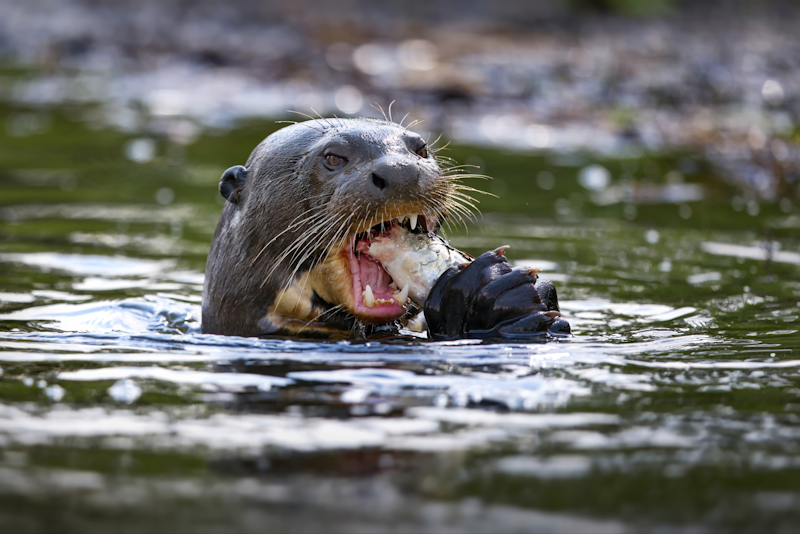On a seemingly ordinary day near the creek on Skinners Turn Road, nature’s unpredictable side was unveiled when an otter, possibly defending her pups or infected with rabies, attacked two individuals. This alarming incident, reported by the Calvert County Health Department and Sheriff’s Office on March 5, 2024, served as a stark reminder of the fragile coexistence between humans and wildlife.
Following this, on March 14, 2024, a discovery further intensified concerns: an otter in the same creek was found dead and tested positive for rabies, marking a rare case of infection in such species, likely transmitted by a raccoon. This revelation brought to the forefront the enduring presence of rabies within the raccoon population across Maryland and the broader mid-Atlantic region.
The incident in Calvert County is more than a cautionary tale; it underscores the indispensable role of trapping in wildlife management, especially in controlling vector species responsible for the spread of diseases like rabies. Trapping, a practice often veiled in controversy, emerges as a vital tool in our arsenal against the invisible menace of zoonotic diseases, of which rabies is among the most feared due to its nearly 100% fatality rate once symptoms appear.
The Importance of Rabies Control
Rabies remains a persistent threat in many parts of the world, with wildlife acting as reservoirs for the virus. The control of vector species—animals capable of transmitting the virus to humans and other animals—is crucial in reducing the spread of this deadly disease. Trapping plays a pivotal role in this endeavor, allowing for the monitoring, study, and culling of populations to maintain ecological balance and public health safety.
Trapping as a Tool for Vector Species Management
Effective trapping programs are essential for identifying areas with a high risk of rabies transmission. By targeting vector species, such as raccoons, skunks, and red foxes, trappers help manage these animal populations. Trapping also allows wildlife management professionals the ability to intervene in a timely manner, by removing infected animals to help prevent outbreaks. Moreover, trapping provides valuable data for ongoing rabies research and control strategies, contributing to our understanding of virus dynamics in wildlife populations.
The Calvert County Incident: A Case Study
The otter attack and subsequent rabies confirmation in Calvert County serve as a real-world example of the unpredictable nature of zoonotic diseases and the necessity for vigilant wildlife management. It illustrates not only the potential danger posed by even seemingly benign wildlife but also the importance of community awareness and cooperation in reporting unusual animal behavior.
Forward Steps: Domestic Pet Vaccination and Awareness
Beyond trapping and surveillance, the fight against rabies involves a multifaceted approach, including vaccination programs for domestic pets and, in some cases, wildlife. Public education campaigns are also critical, informing communities about the risks associated with wild animals and the importance of maintaining a safe distance.
Conclusion
The quiet waterways and wooded areas of Calvert County, like many regions across the country, are a reminder of the wild’s unpredictable nature. The recent rabies case underscores the significance of trapping and vector species management as part of a comprehensive strategy to control this fatal disease. As we navigate the challenges posed by our coexistence with wildlife, the lessons learned from incidents like the one on Skinners Turn Road highlight the importance of vigilance, cooperation, and respect for the natural world in preventing the spread of diseases like rabies.

